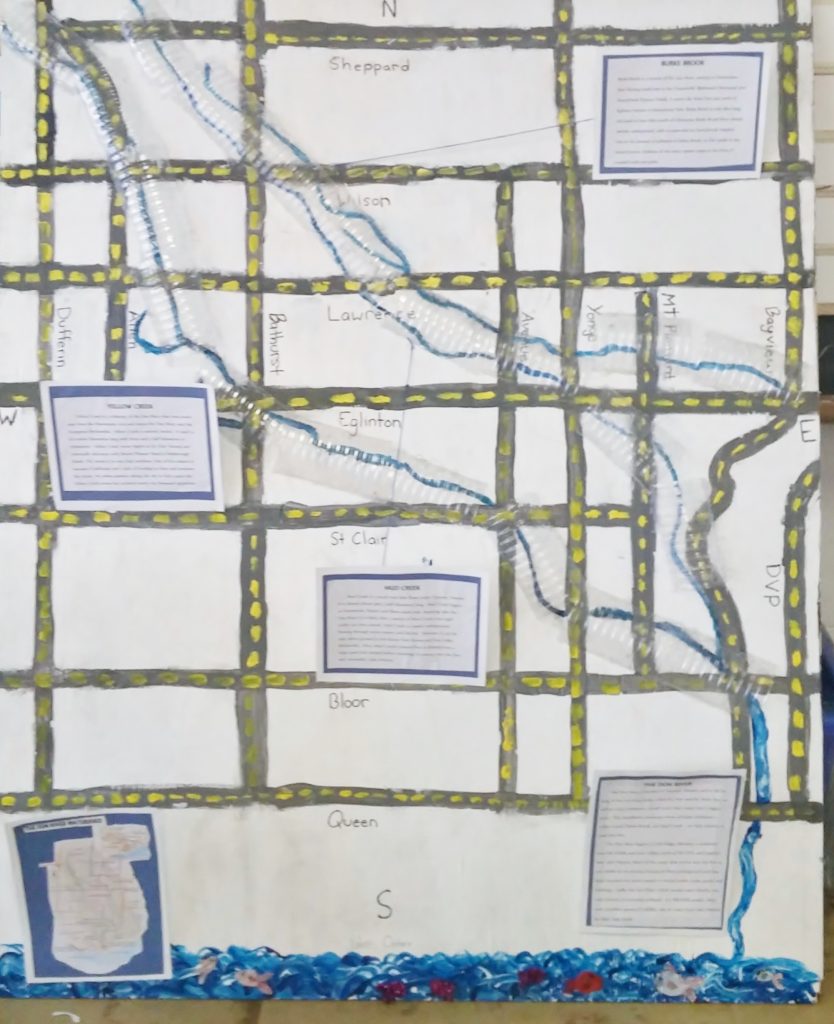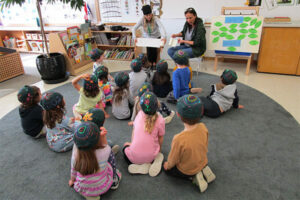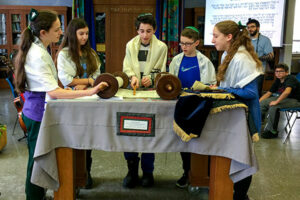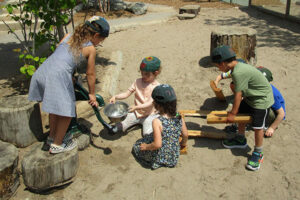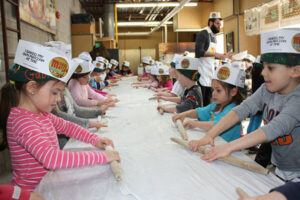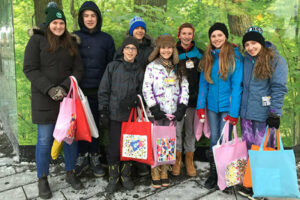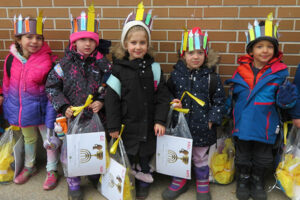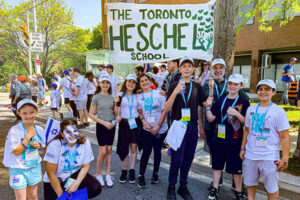Each year in Civics class, the Junior High grades complete a Tikkun Olam project that is connected to our curriculum in some way. In grade 6, we decided to connect our Civics project to Science class. In our water unit in Science, we learned that Toronto used to be a city of rivers – there is even a tributary of a small river called Mud Creek flowing right under our own school. Over several centuries, Toronto’s rivers have been buried so people could build over them, and to eradicate water-borne diseases.Today, many rivers flow under buildings, roads, and parks throughout our city. Natural flowing water is also diverted, or channeled, into sewers, and combines with sewage water before entering Lake Ontario or being sent to treatment plants. The problem is that when we don’t see our rivers, we don’t really care about their health or how they might impact our lives. We thought that this was a big problem, so we wanted to use our Civics project as an opportunity to show people some of the buried rivers and creeks in our city, and in particular, in our own neighbourhoods.
We used our knowledge of water systems to create an art installation that showcases Toronto’s hidden and buried rivers. The four rivers and creeks we have chosen to show on our installation are: Yellow Creek, Mud Creek, Burke Brooke and the river that they all drain into: The Don River. Plastic bottle pieces on top of the rivers mean that the river is buried underground. We hope to hang out installation in a public place within the school, where students and visitors alike can appreciate and learn from it.
Morah Lesley
